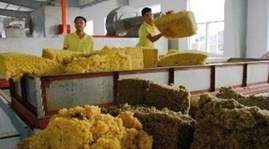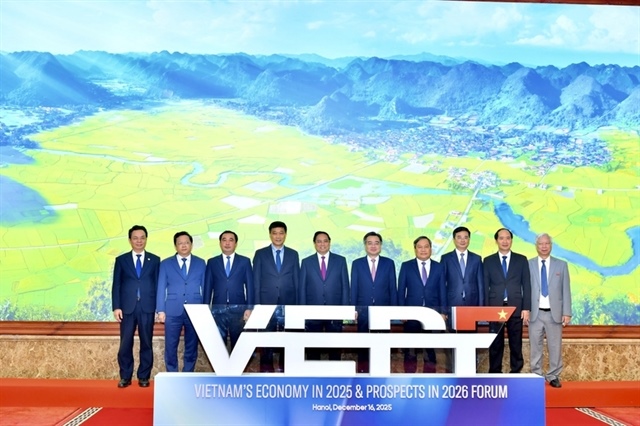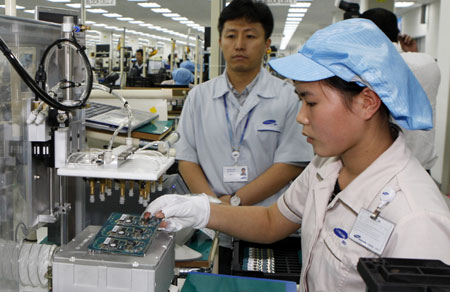Vietnam’s PMI sees slight growth in early Q2
Vietnam’s PMI sees slight growth in early Q2
The Purchasing Managers’ Index (PMI) of Vietnam’s manufacturing sector posted 51 points in April, up slightly from 50.8 a month ago, signalling improvements in operating conditions for the first time in almost two years.

According to the report, announced on May 2, manufacturing output rose for the second successive month during April, albeit at a slightly slower pace than in March.
Higher output reflected a further increase in incoming new orders, as companies reported improved sales to domestic clients. Meanwhile, subdued international market conditions meant that the level of new export business showed only a negligible increase compared to one month earlier.
Manufacturing employment also rose for the second consecutive month thanks to job growth linked to the recent mild recoveries in production and new order volumes.
April data pointed to a further solid decrease in work-in-hand (but not yet completed) volumes. A number of firms reported that they had satisfied existing contracts from stock holdings to clear backlogs of work. Inventories of finished goods were depleted for the sixth month running.
The report also said average input costs increased again during April, with manufacturers reporting that they were paying higher prices in both domestic and world markets.
Vietnam manufacturers reported that competitive market conditions restricted their ability to pass on rising costs to their clients. Subsequently, average output prices declined for the first time in three months, with the sharpest rate of decrease since December 2012.
Some manufacturers revealed that they were offering discounted prices in order to support sales volumes.
Stocks of purchases declined again in April, meaning that inventories have fallen throughout the past one-and-a-half years. This was despite a solid increase in input buying volumes, which was partly initiated to reduce the pressure on raw material stocks.
The expansion of manufacturing activity reflects a gradual improvement of domestic demand, the HSBC said, adding the manufacturing sector continues to see growth symbolised in the rise of employment and output.
While the economy is weighed down by the underperformance of the state sector, the private sector, especially the manufacturing industry, continues to pull its weight to sustain the economy.
The year-to-date increase of foreign investment into manufacturing shows Vietnam's still-strong competitiveness in labour-intensive manufacturing, said HSBC.
vov




















